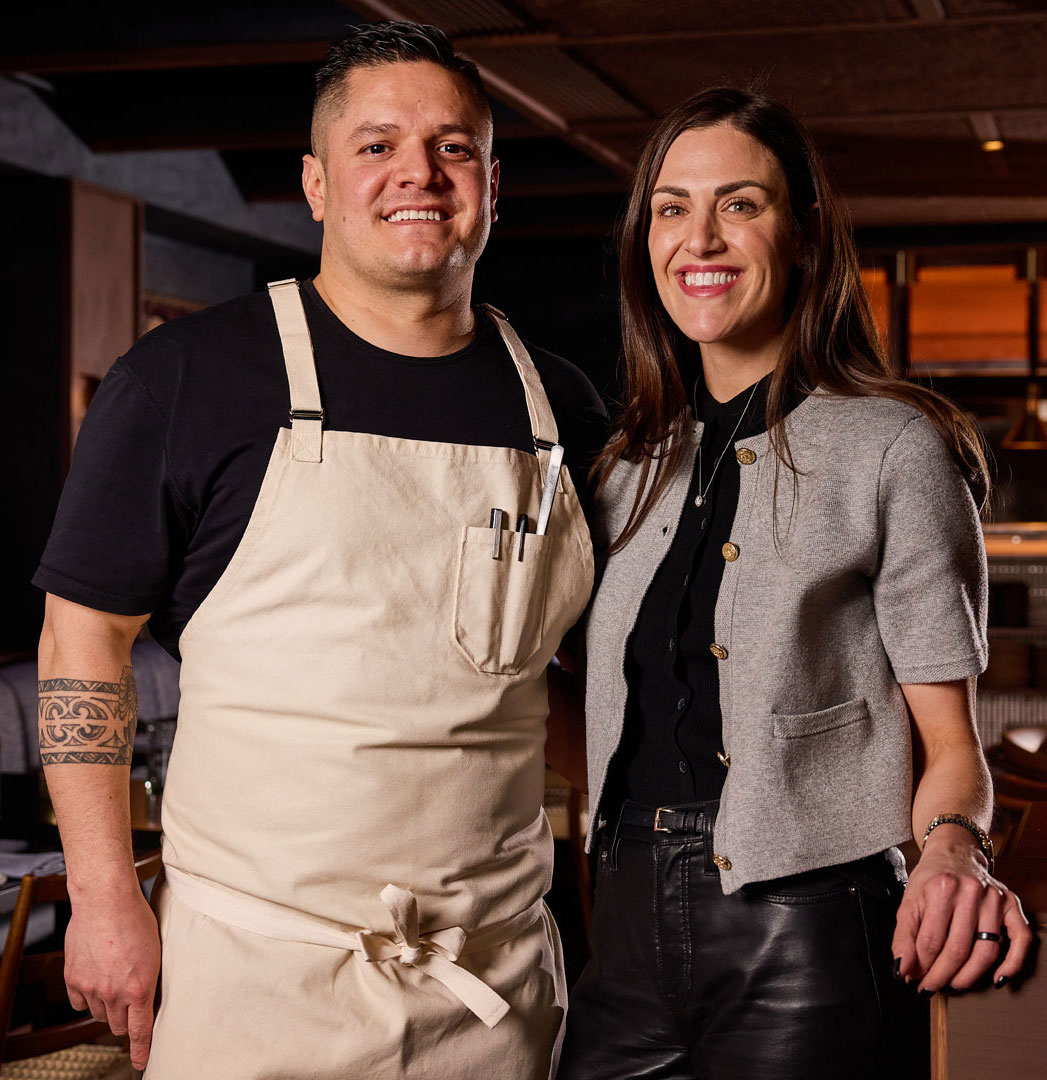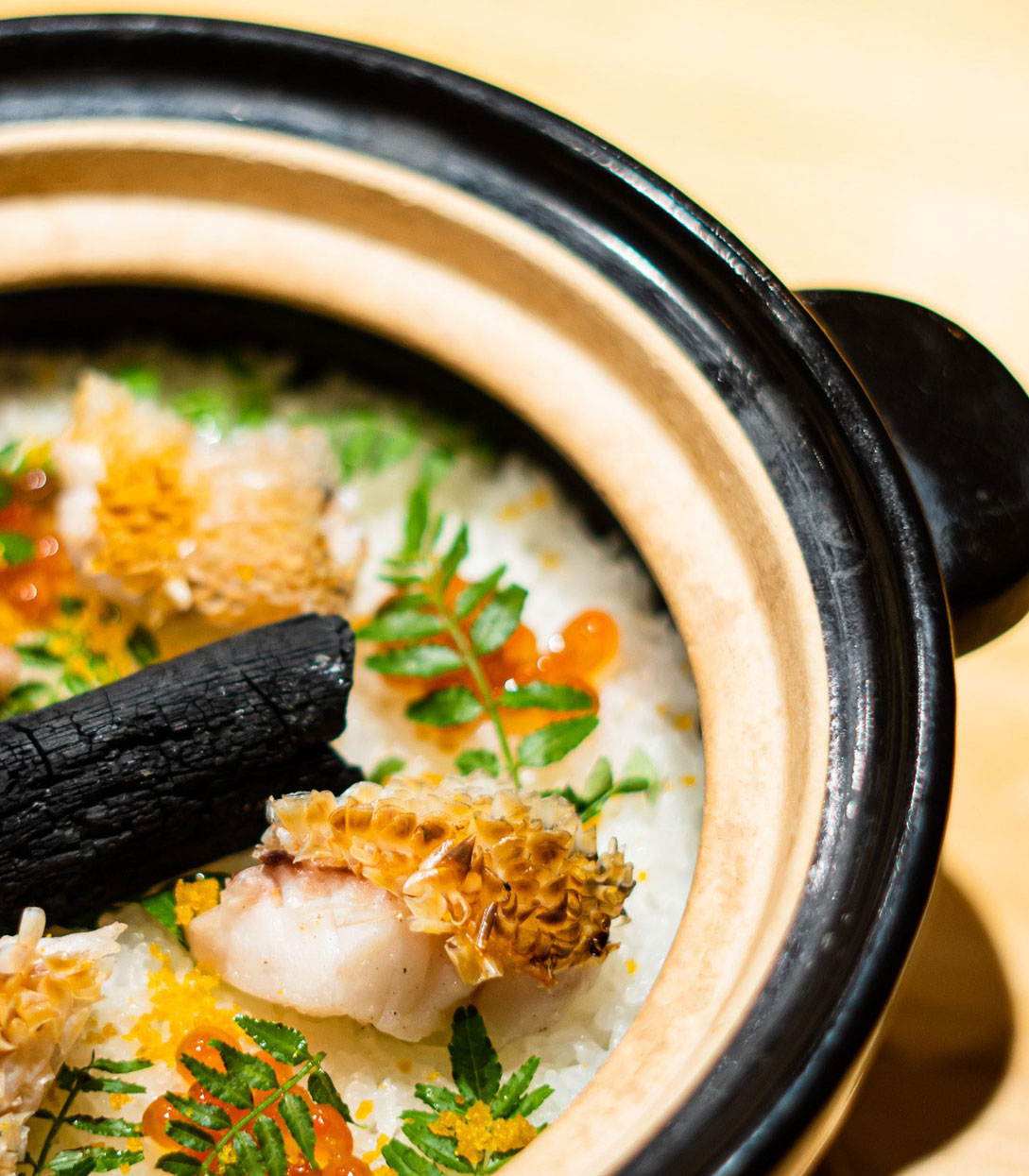Thanks to technology, it's never been easier for diners to discover new cuisines. However, not all cuisines are created equal. Case in point—Japanese. With a reverence for ingredients, dedication to detail, and innovation of the everyday, Japanese chefs are continually pushing the needle on flavor and presentation. It's this refined approach to the culinary arts that often leave diners entranced but also wondering where to begin. So we broke down the most commonly searched types of cuisines available at all budgets but all equally tasty.
Ramen
Fast, efficient, inexpensive – ramen is easy to find and never requires staying up until midnight to book a reservation or saving up a month’s rent to cover the check. Popular broths include tonkotsu (pork-based), miso, shoyu (soy sauce), and shio (salt), with toppings ranging from thick slabs of pork belly to soft-boiled eggs. Enthusiasts are known to take down bowls in under 10 minutes to avoid mushy noodles and congealed broths. Other popular versions of ramen include the soupless mazemen and the dipping varietal known as tsukemen. Try Tonchin in New York City; Ramen Gaijin in Sebastopol, California; Menya Hosaki in Washington, D.C.; or Domu in Orlando, Florida.Yakitori
If ramen is best enjoyed solo, yakitori is ideal with friends. Grilled over burning charcoal, proteins and vegetables are skewered to perfection and brushed with a soy-based tare sauce for added oomph. It’s not uncommon to see cuts like neck, oyster, and heart given the same treatment. For an elevated experience, reserve the counter at Torien in New York City.Tempura
In Western markets, it’s not particularly common to find a restaurant that specializes in tempura. That’s a shame as frying is an art form unto itself requiring exceptional skill to blend the right oils, mix the perfect batter, and gauge the exact temperature and cooking time. The finishing touch? As simple as a dusting of salt or a squirt of lemon. Tickle your tastebuds and try Tempura Matsui in New York City; or Tempura Endo in Los Angeles.Izakaya
Effectively a Japanese pub that offers a wide variety of dishes, izakaya is a casual, catch-all restaurant featuring ramen, sashimi, and nigiri. Often frequented post-work or late-night, diners can order small plates to pair with a steady flow of drinks. Try Izakaya Rintaro in San Francisco, or Tsubaki in Los Angeles.Kaiseki
There are few forms of dining that date back to the 16th-century, but kaiseki, is one of the most elegant and unique expriences. Chefs give and take from this art form, but a meal typically includes one appetizer (sakizuke), a simmered dish (nimono), sashimi (mukozuke), something seasonal (hassun), a grilled item (yakimono), rice (Hanmono) and finally dessert and tea. This noble ceremony has long thrived in Kyoto, Japan, home of the Imperial Palace. The casual counterpart to kaiseki is kappo, a free-wheeling tasting built on the whims of the chef. For kaiseki, try Odo in New York City; Hayato or n/Naka in Los Angeles; and Kaiseki Yu-zen Hashimoto in Toronto. For kappo cuisine, look to Yuji in San Francisco.Sushi
In the highest echelons of dining, sushi has taken on a culture of its own. It feels as if a new, ultra-luxe omakase spot opens every week. The demand is there as this intimate and rarefied experience can be difficult to score, with seats booked months in advance and often costing upwards of $250 before tax and tip. A single chef holds court over just a handful of customers arranged along a smooth wood counter. Fish is flown in direct from the famed Toyosu Market in Tokyo, and chefs spend years (sometimes decades), perfecting their rice. From there, it’s a whisper of wasabi or a brush of nikiri and the nigiri is ready. Try Sushi Noz in New York City, Morihiro in Los Angeles; Sushi Nakazawa in Washington, D.C.; The Den at Azabu in Miami; Omakase Yume in Chicago; and Sushi Masaki Saito in Toronto.And The Rest
Not every cuisine fits into a tidy box, and some chefs mix, mash-up, and reshape these well-known genres into their own experiences. At Kumiko in Chicago, elevated dishes and craft cocktails get equal billing. Nisei refers to the American-born children of Japanese immigrants and at his San Francisco restaurant of the same name, Chef David Yoshimura synthesizes Japanese and American elements in a way that only he can.© Tsubaki





















